The Meyer Foundation was founded in 1944 by Eugene and Agnes E. Meyer. In 2010 Meyer’s board approved a new mission statement and strategic framework that focused on creating lasting positive change for low-income people and strengthening the region’s nonprofit sector and its visionary leaders as vital and respected partners in meeting community needs.
In 2015, Meyer sought to refresh its strategic framework to develop a plan to guide the Foundation’s efforts to be responsive to community needs, build upon its key assets, and catalyze measurable improvements for the region’s low-income residents. Impact Catalysts (through its predecessor firm, Root Cause) guided a strategic planning process that built from the previous strategic plan while refocusing the Foundation on its vision and reframing its grantmaking strategy to focus on addressing income inequality and race equity in the D.C. region.
The planning process involved gathering input from the staff and board, as well as external input from grantees, key community leaders, and other stakeholders through community-listening sessions and direct outreach. We conducted in-depth research on key poverty trends in the D.C. region, which helped drive the creation of the strategic framework. Over the course of six months, Impact Catalysts met with Meyer’s Board Strategic Planning Committee and a staff Working Group to explore the key questions in depth, examine research, consider competing scenarios, and make decisions that shaped the development of a strategic plan and an action plan to guide implementation.
As the planning process progressed, it became clear that the Meyer Foundation wanted to undergo fundamental shifts in its work, including an increased focus on suburban regions of Metro DC; increased focus on performance measurement for itself and grantees; and inclusion of a racial equity component to its work. To capture these shifts, we helped develop a revised theory of change and set of grantmaking priorities, built internal measurement capacity to monitor progress and measure outcomes, and provided implementation coaching to the Foundation’s leadership through a follow-on project.

